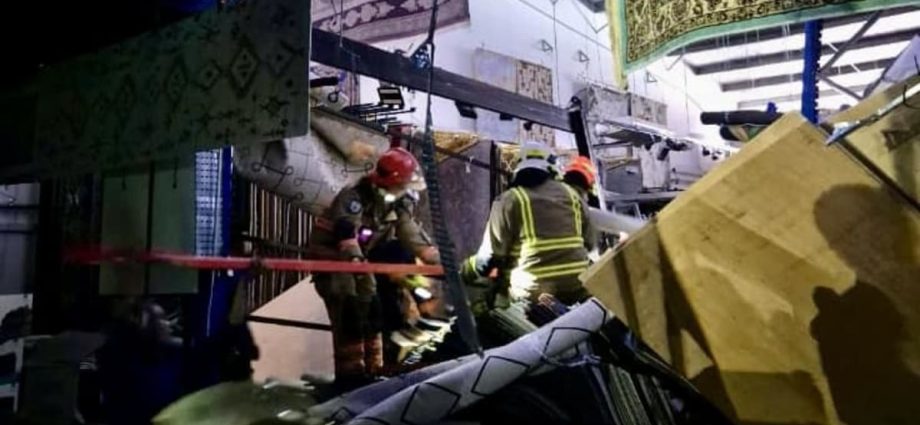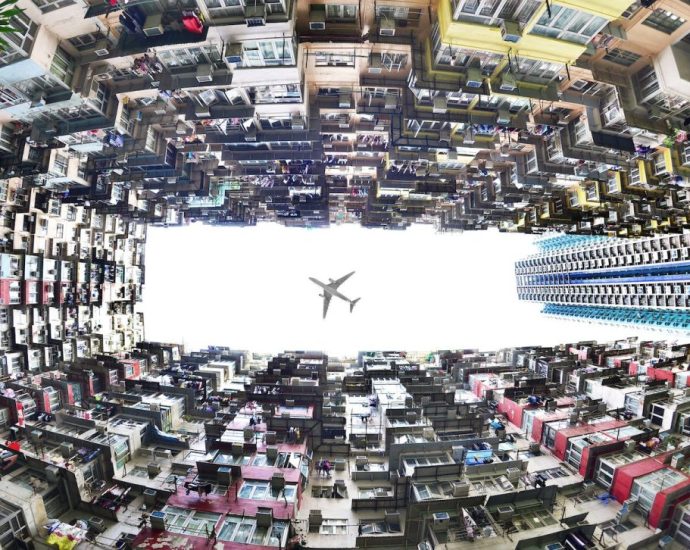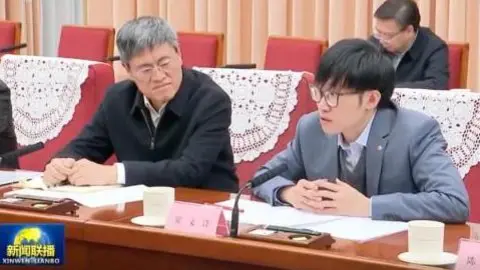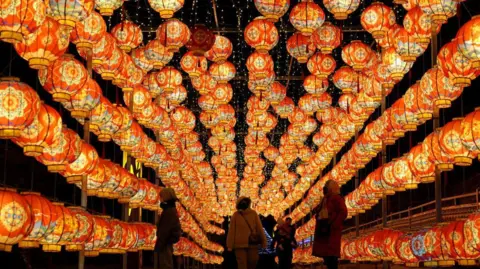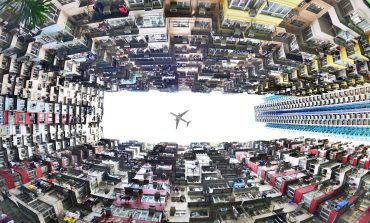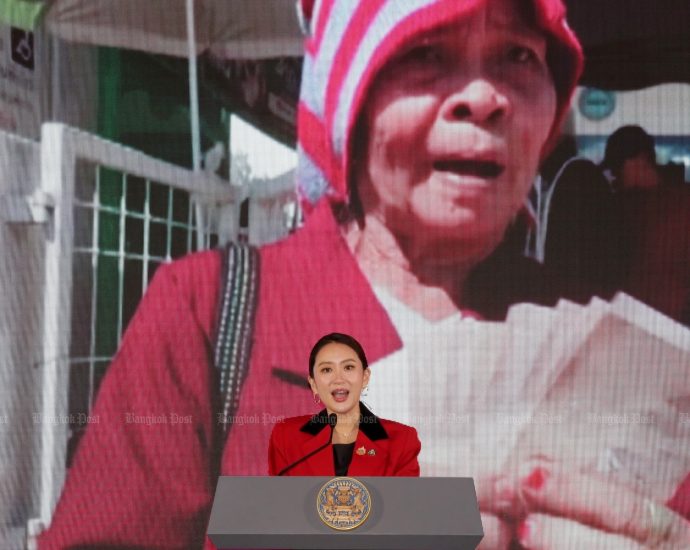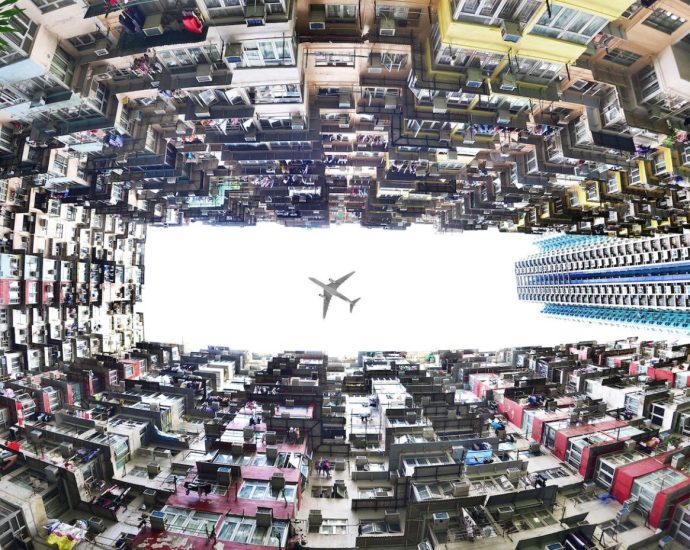Three people rescued by SCDF after mezzanine floor collapses at Toa Payoh warehouse
The paramedics and firefighters arrived at the site, where two SCDF search dogs assisted them in conducting a search of the area affected by the collapse, which measured about 20 meters by 10 meters. According to SCDF,” The firefighters and rescuers cut through storage racks and cut through piles ofContinue Reading

